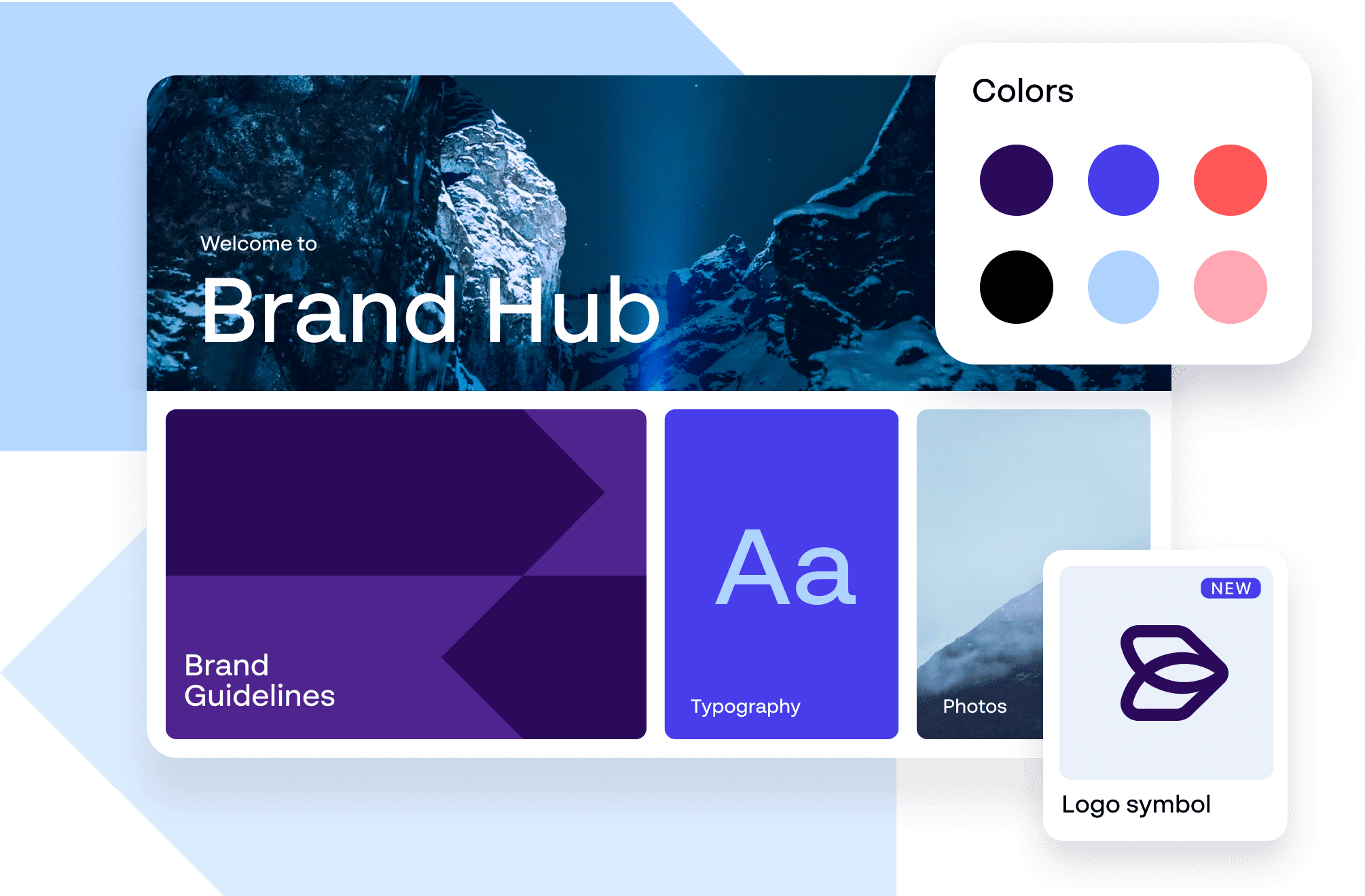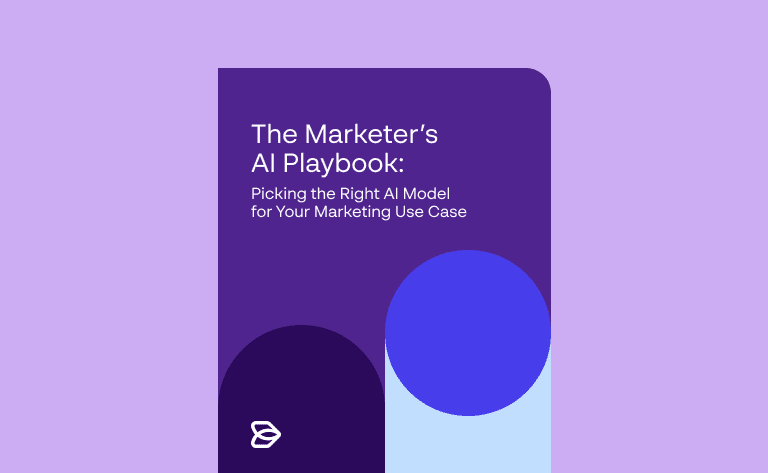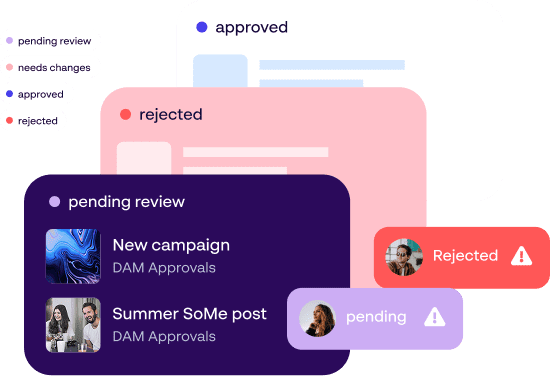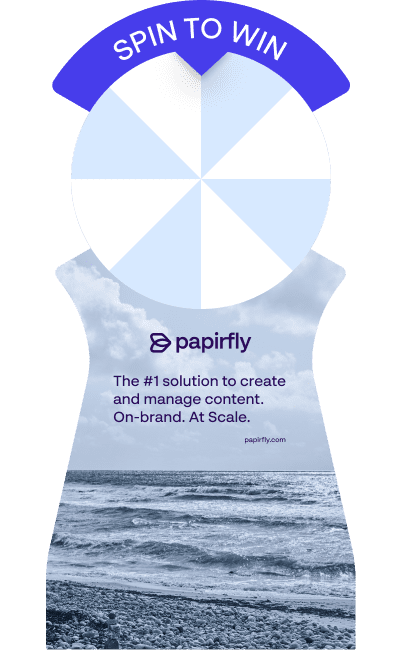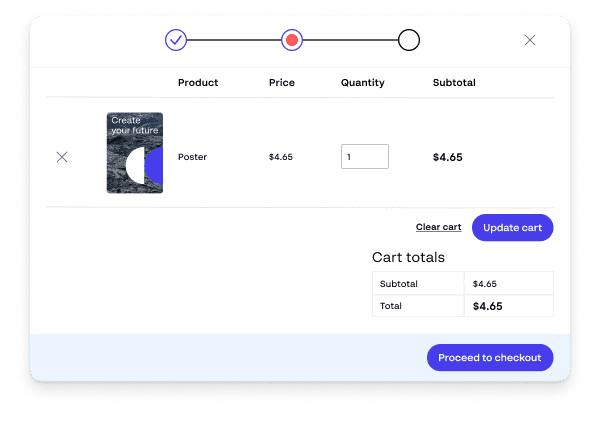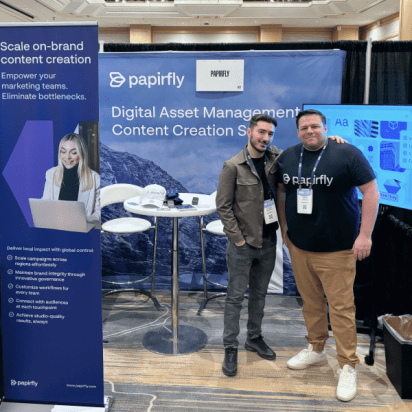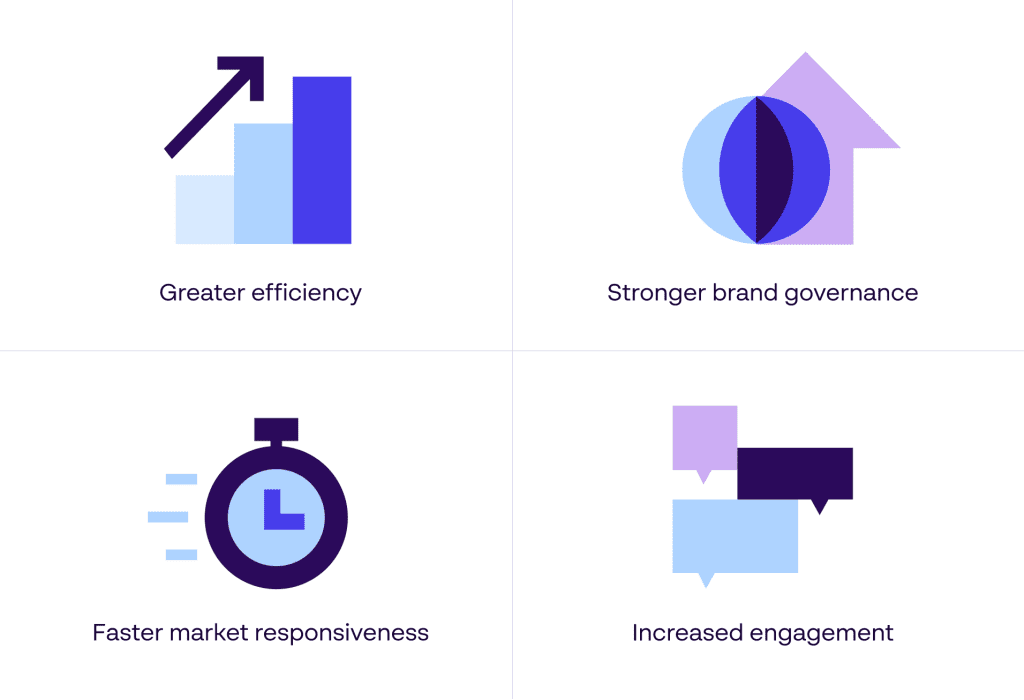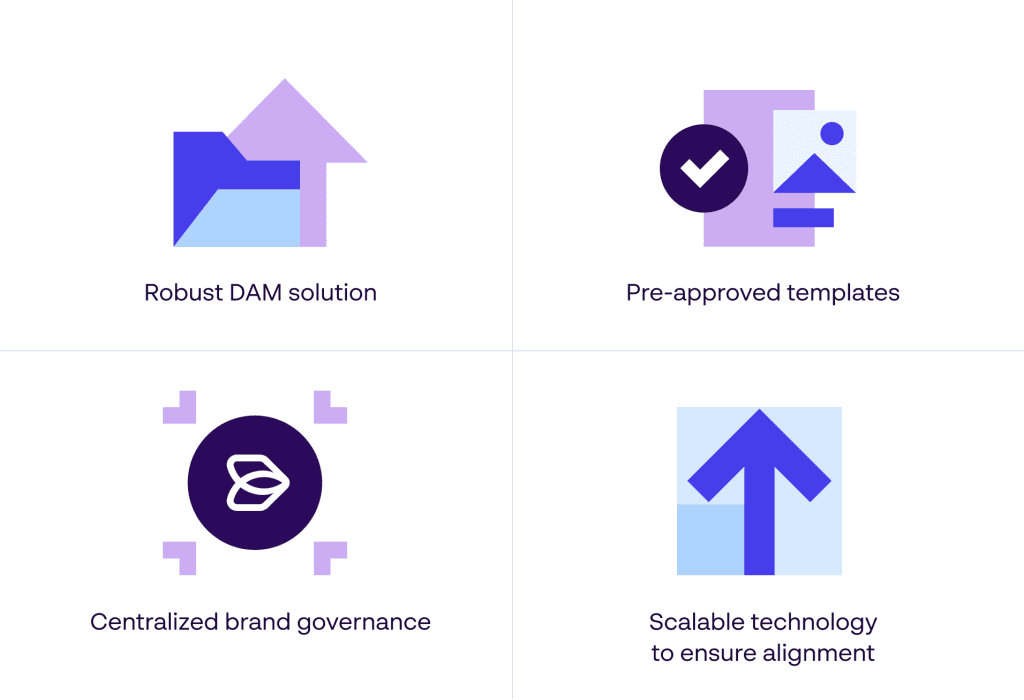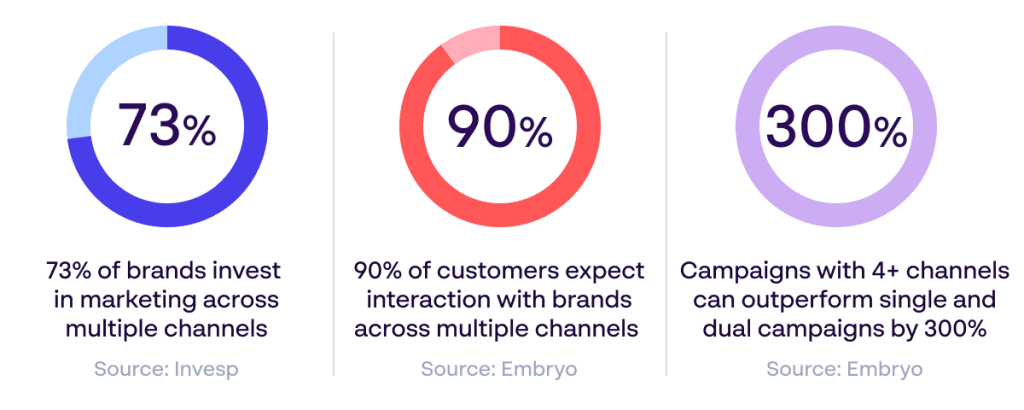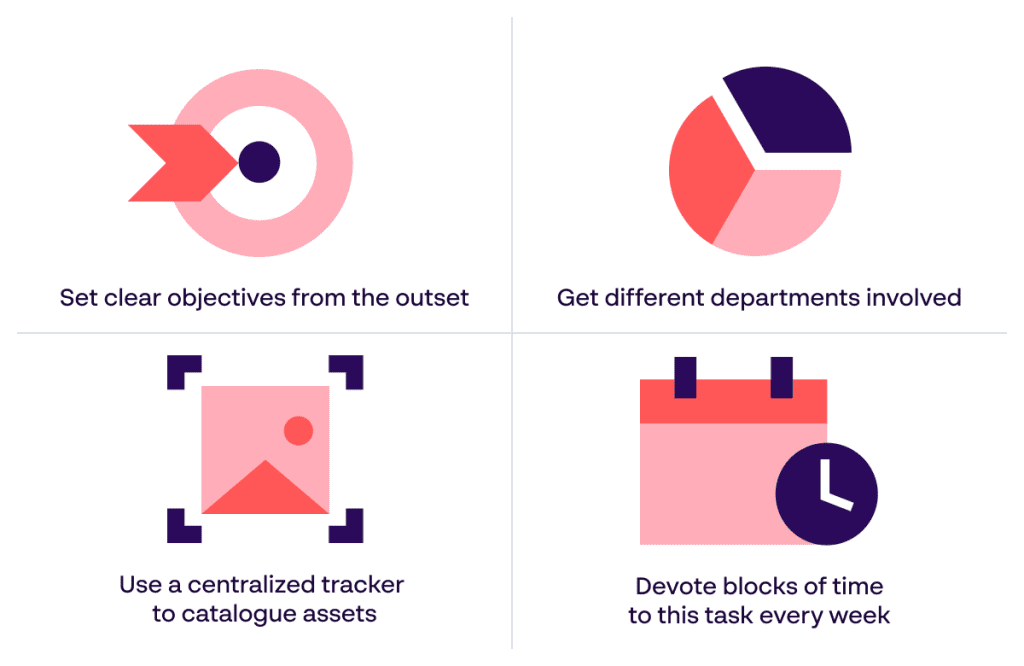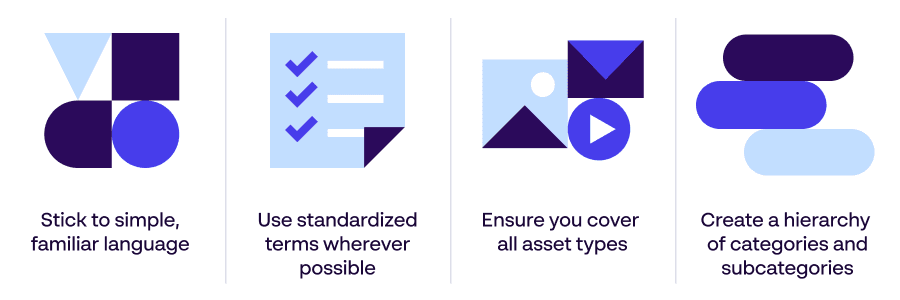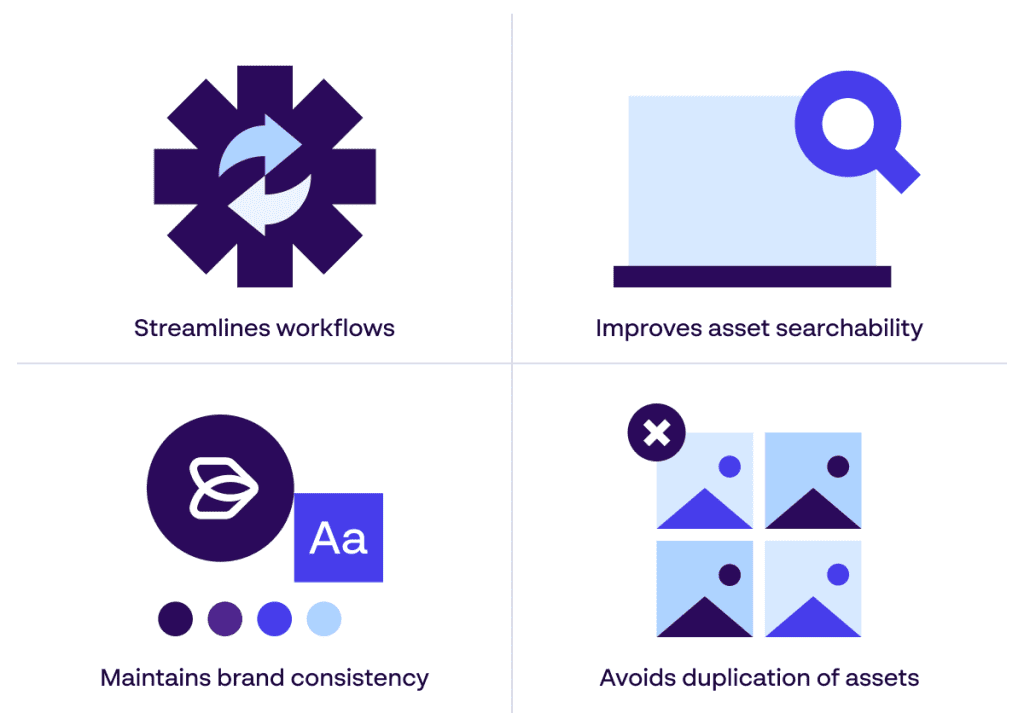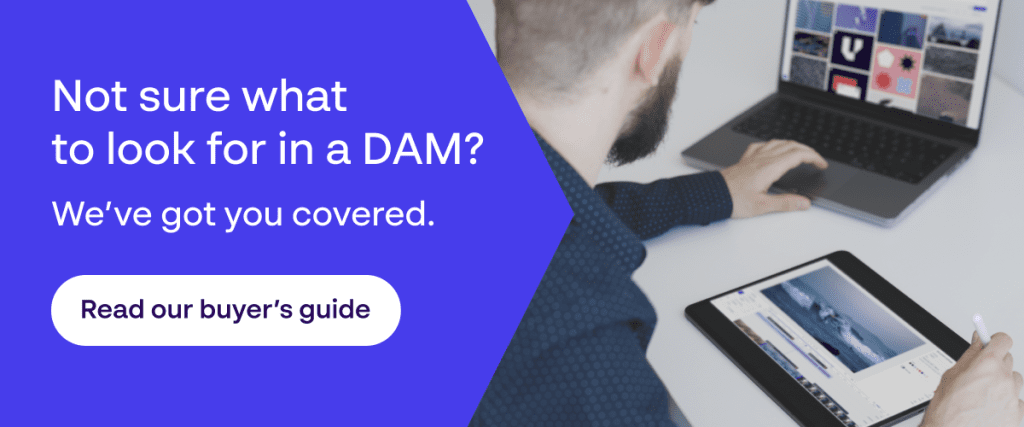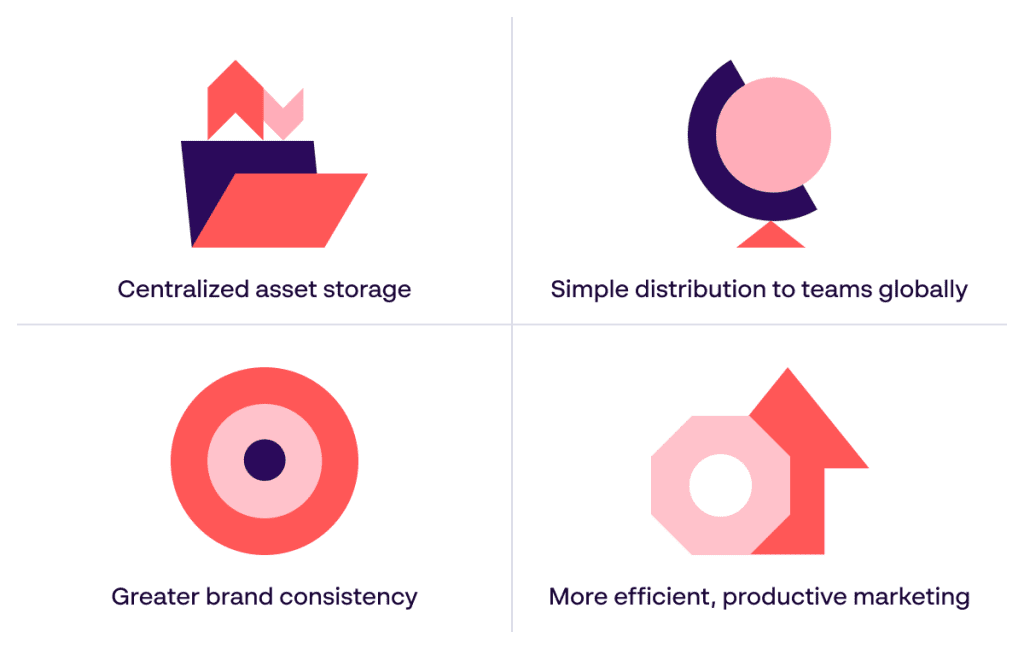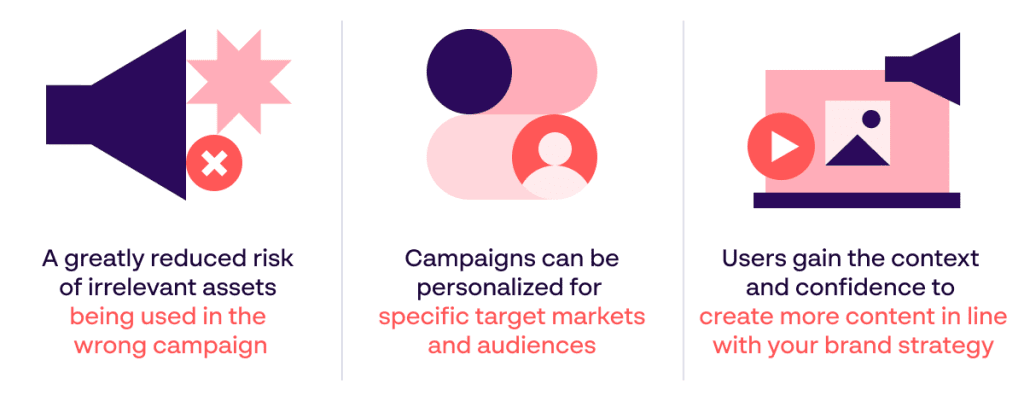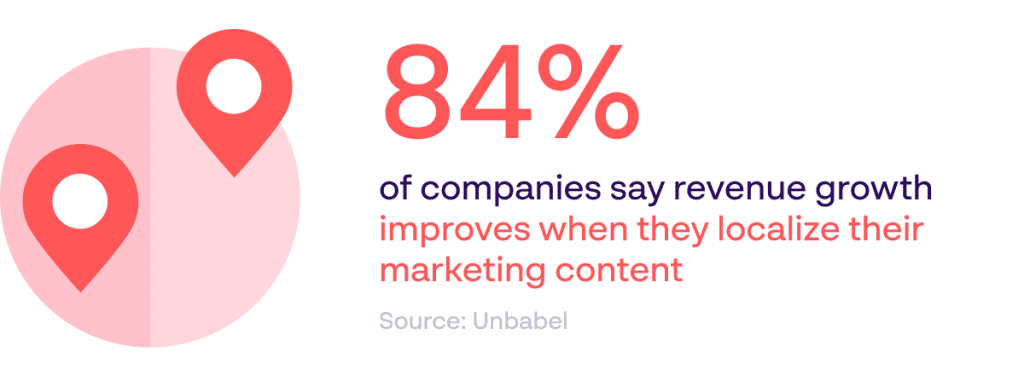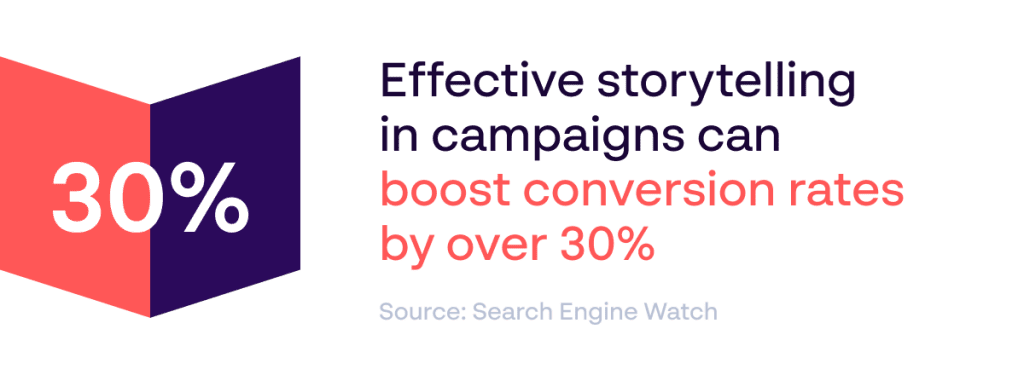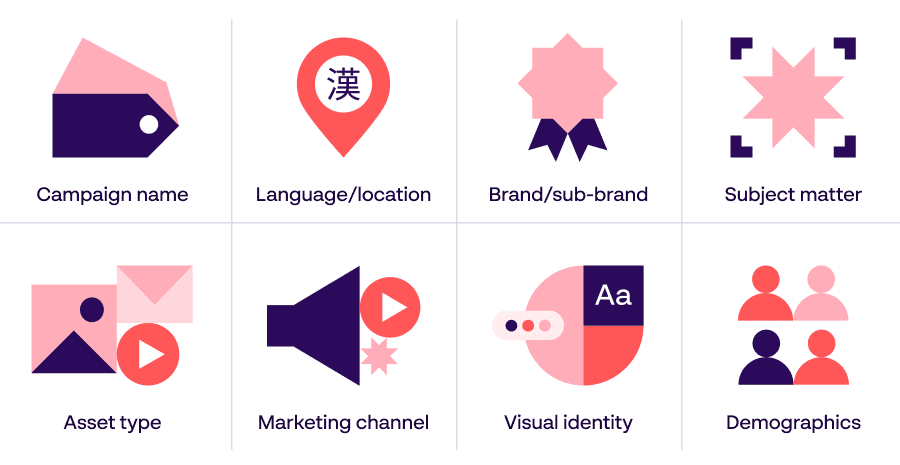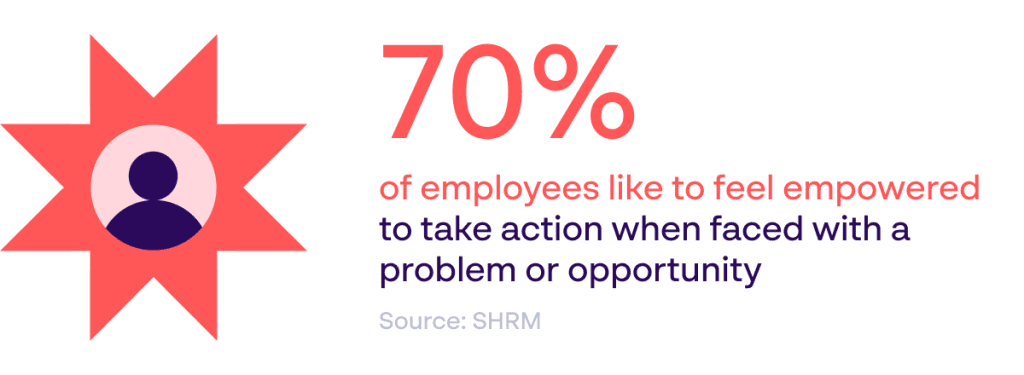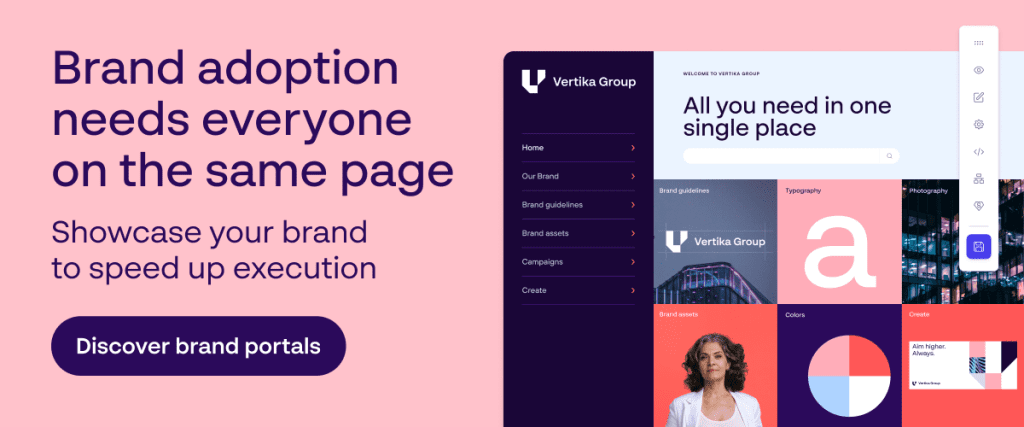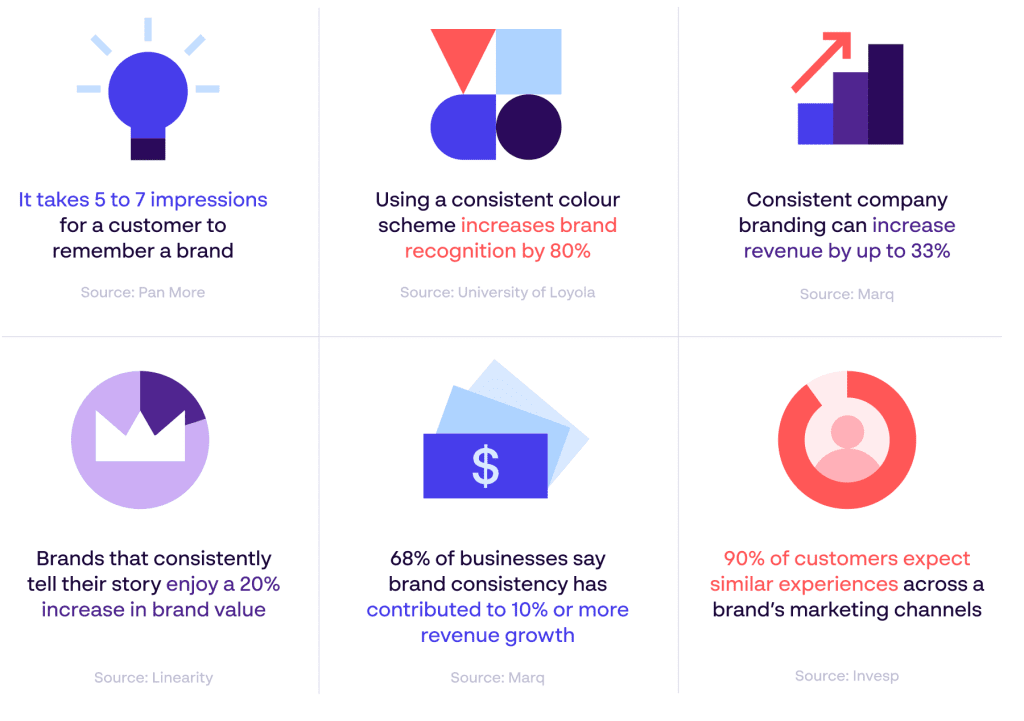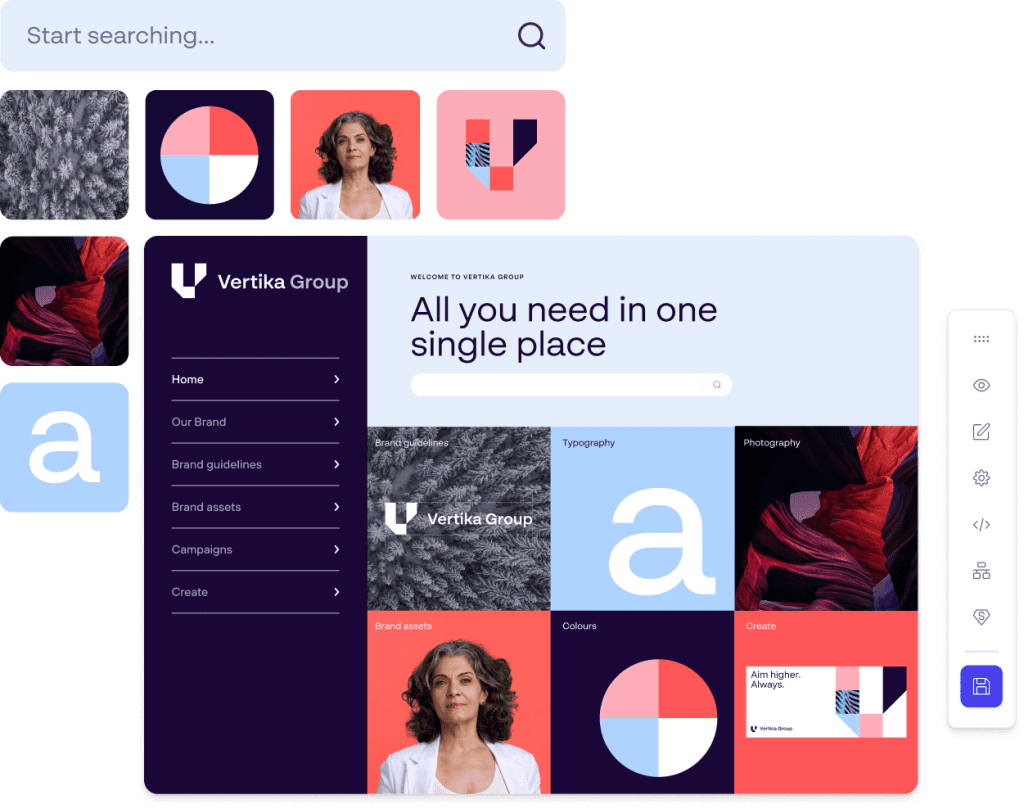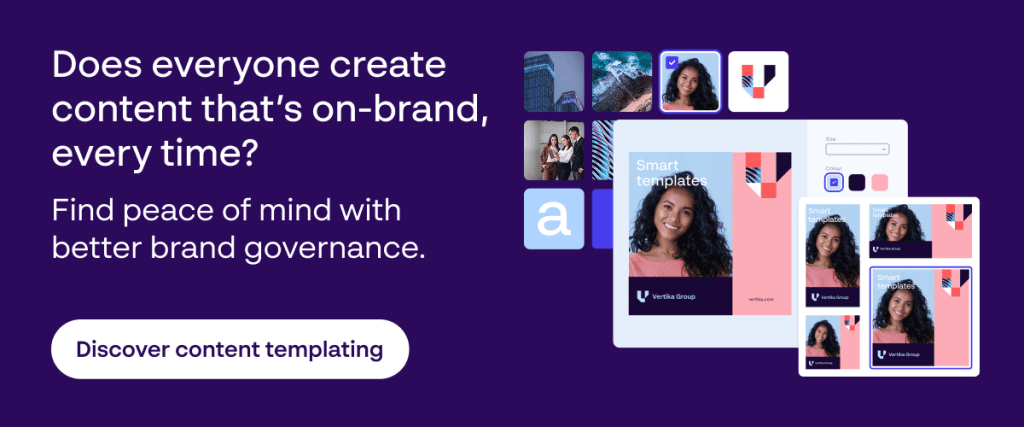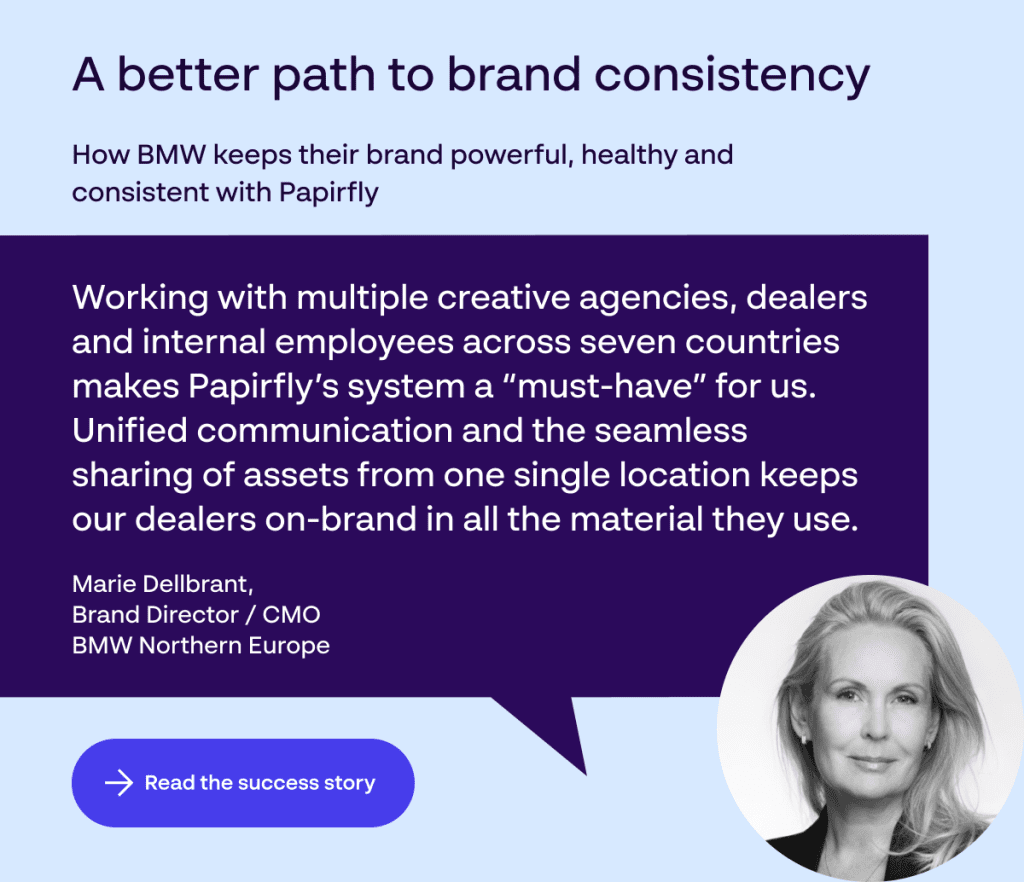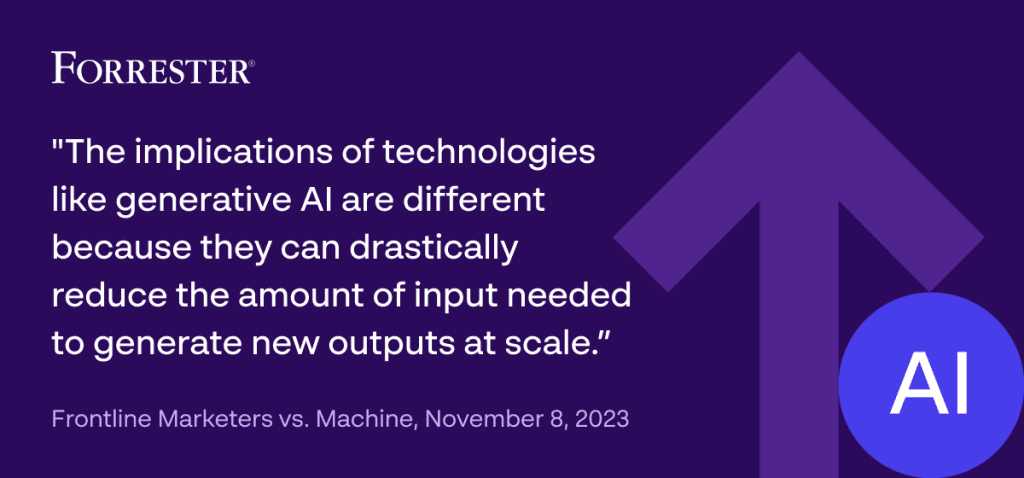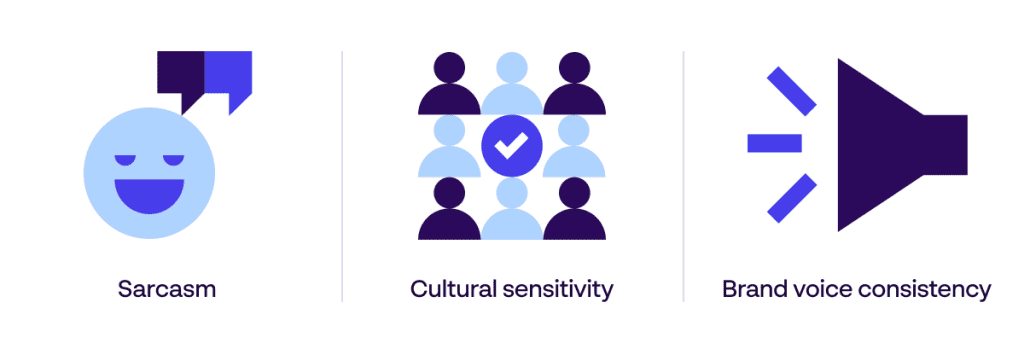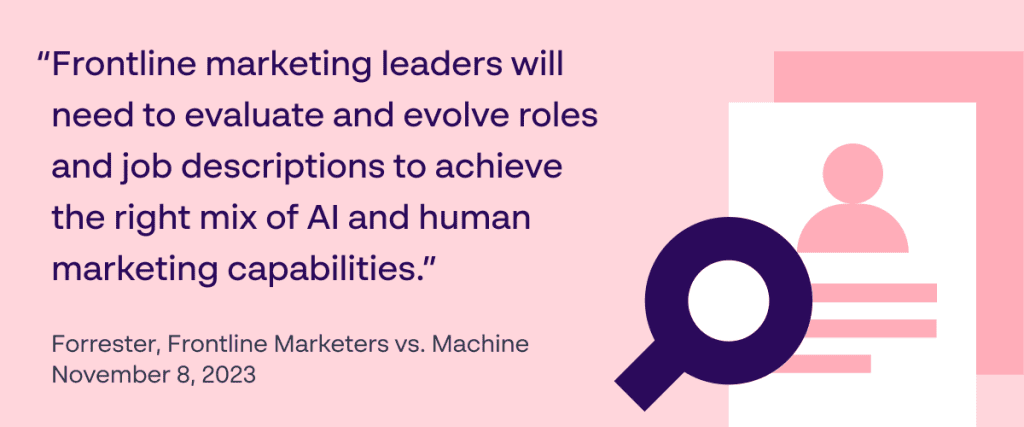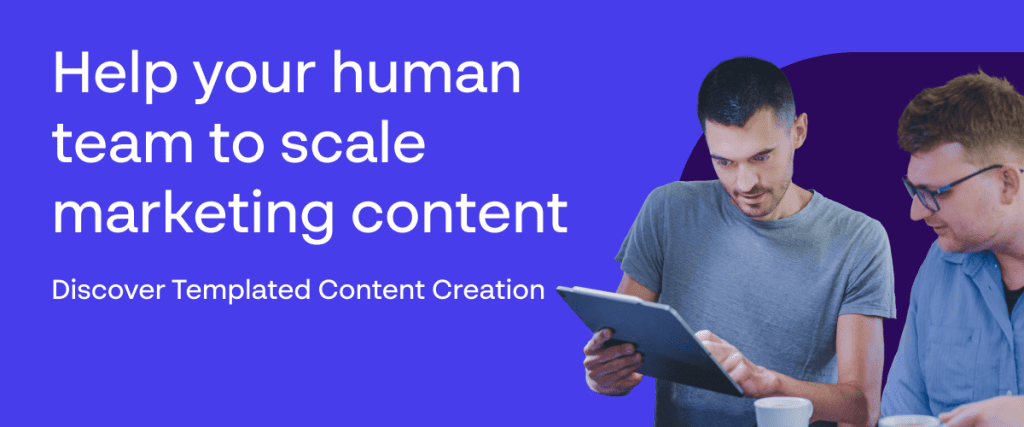This content has been automatically translated and may include minor variations.
Your local teams — from retail distributors to shop owners and franchisees — are on the front lines of your brand. But when they’re stuck waiting for campaign assets or improvising without brand guidance, both speed and consistency take a hit.
This blog explores what effective retail distributor and dealer enablement looks like — and how consumer brand marketers can unlock faster, more consistent execution at scale without losing brand control.
If your content delivery still runs on requests, you’re not enabling — you’re delaying
Retail marketing moves fast. And your brand depends on the people who activate it every day — your distributors, dealers, and franchisees.
Whether it’s a product launch, in-store promotion, or seasonal campaign, these teams are expected to move quickly and stay on-brand. But more often than not, they’re forced to wait on HQ or create assets from scratch.
If you’re fielding one-off content requests from local markets, you’re not practicing retail distributor and dealer enablement — you’re slowing your network down.
Why retail distributor and dealer enablement often breaks down — and how to fix it
Brand marketing teams want consistency. Local teams want to get campaigns live. That tension lies at the heart of most enablement breakdowns.
Your intentions are right — protect the brand, ensure quality, and reduce risk. But in reality, these goals often result in:
Delayed campaign launches due to slow asset delivery
Off-brand adaptations created out of necessity
Limited local relevance when partners can’t personalize content
Over-reliance on central or agency teams for basic execution
Your partners don’t want to go rogue. They want to go live.
The tools that help local teams move faster — without going off-brand
Your dealers and retail distributors don’t want to improvise — they want to execute effectively. But they need the tools to do it right.
Modern retail distributor and dealer enablement means equipping your network with:
- Editable templates that reflect current campaigns and branding
- Pre-set controls to lock logos, fonts, and layouts
- Simple interfaces that anyone on their team can use
- Freedom to localize where it makes sense and fast approvals when needed
When brand teams provide these systems, execution becomes faster and more accurate. Instead of chasing approvals or rebuilding assets from scratch, franchisees can act confidently within clear parameters. That’s how local marketing scales — not by adding more people, but by removing friction.
Editable templates: A practical fix for campaign chaos
With templated content creation, you don’t need to micromanage every activation. Instead, you empower local teams and dealers to:
- Create and localize content in minutes
- Stay on-brand through intelligent locking and embedded brand rules
- Reduce dependency on HQ or external designers
- Speed up time-to-market without sacrificing quality
This isn’t just about content efficiency — it’s about brand growth. Because when your partners can activate campaigns confidently and independently, your brand shows up stronger everywhere.
What a brand portal should offer your retail network
Even with great templates, success depends on access. That’s where a brand portal comes in. A centralized brand portal gives each trailer, dealer or shop owner a secure, easy-to-use space to find what they need — and nothing they don’t. Templates, campaign kits, product images, updated pricing — it’s all in one place, always current, and always aligned to their region or market.
No more searching shared drives. No more accidental use of outdated files. And no more chasing down the latest version of a campaign visual. A good portal not only saves time — it builds trust. Your partners feel equipped, supported, and confident representing your brand.
Scaling local marketing without compromising your brand
Retailer and dealer enablement isn’t just about content access. It’s a strategic shift — from reactive asset delivery to proactive brand empowerment.
When your content systems support speed, scale, and brand control, you don’t just protect your brand — you multiply its reach.
Ready to equip your local teams with the tools to move faster — and stay on‑brand?
Explore how Papirfly empowers retail marketers to scale content creation across every store, channel, and market.
Ready to equip your local teams with the tools to move faster — and stay on‑brand?
Explore how Papirfly empowers retail marketers to scale content creation across every store, channel, and market.
Explore how we help brands manage and scale
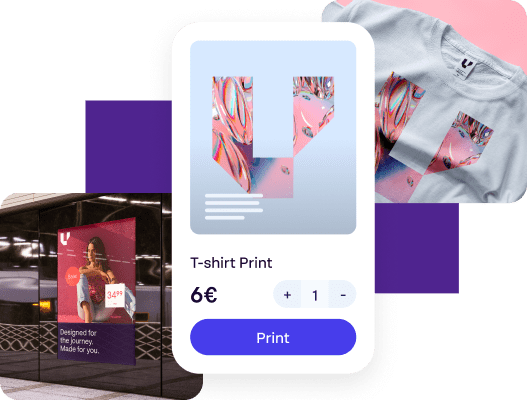
FAQs
It’s the process of equipping local retail partners with the tools and content they need to execute campaigns quickly and on-brand.
Because they often lack editable templates, brand-approved assets, and fast access to campaign materials.
It allows local teams to adapt marketing materials in minutes while protecting core brand elements like logos, layouts, and messaging.
It centralizes access to templates, images, campaign kits, and ensures everyone works from the same source of truth.
Table of contents:
- If your content delivery still runs on requests, you’re not enabling — you’re delaying
- Why retail distributor and dealer enablement often breaks down — and how to fix it
- The tools that help local teams move faster — without going off-brand
- Editable templates: A practical fix for campaign chaos
- What a brand portal should offer your retail network
- Scaling local marketing without compromising your brand
- FAQs


